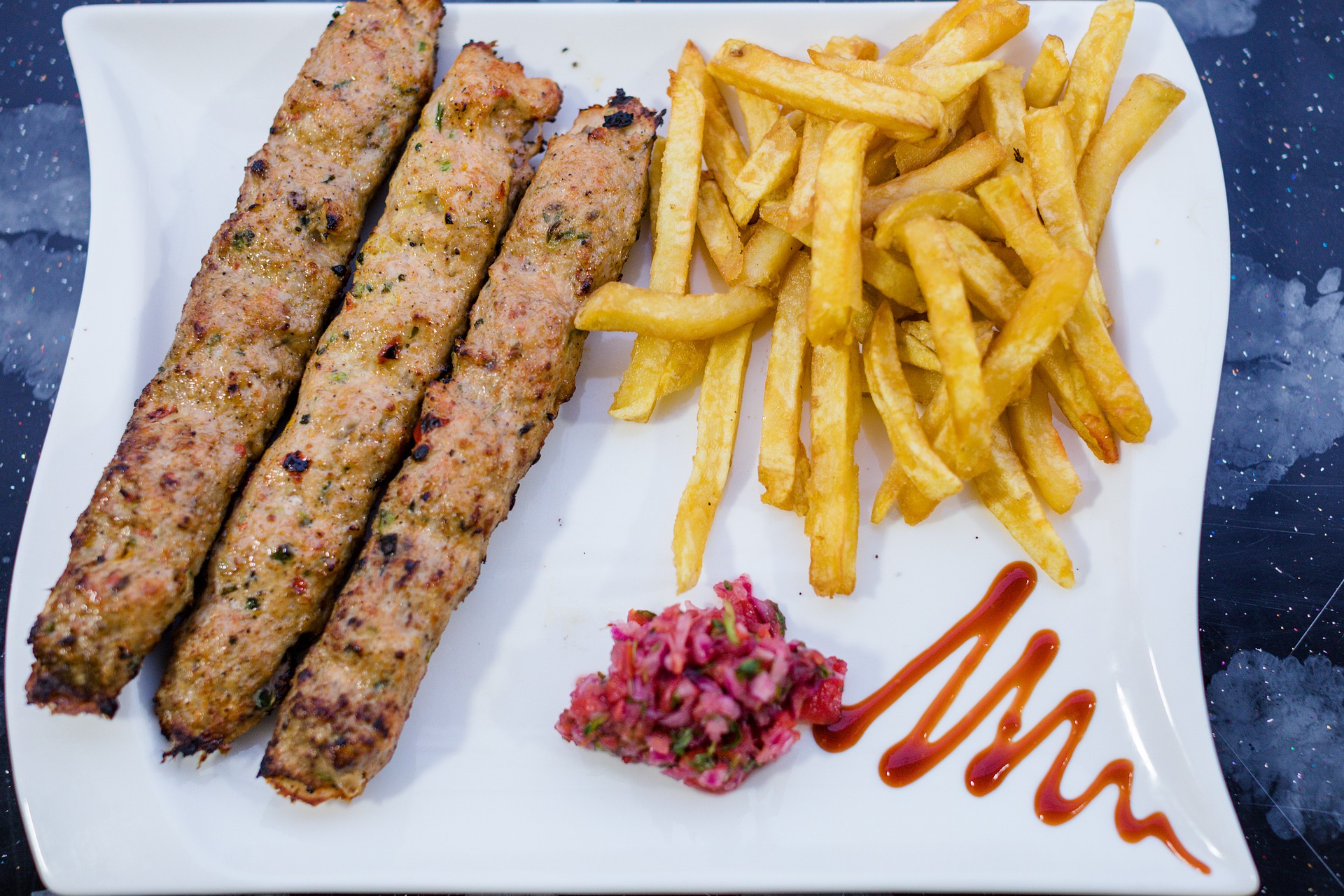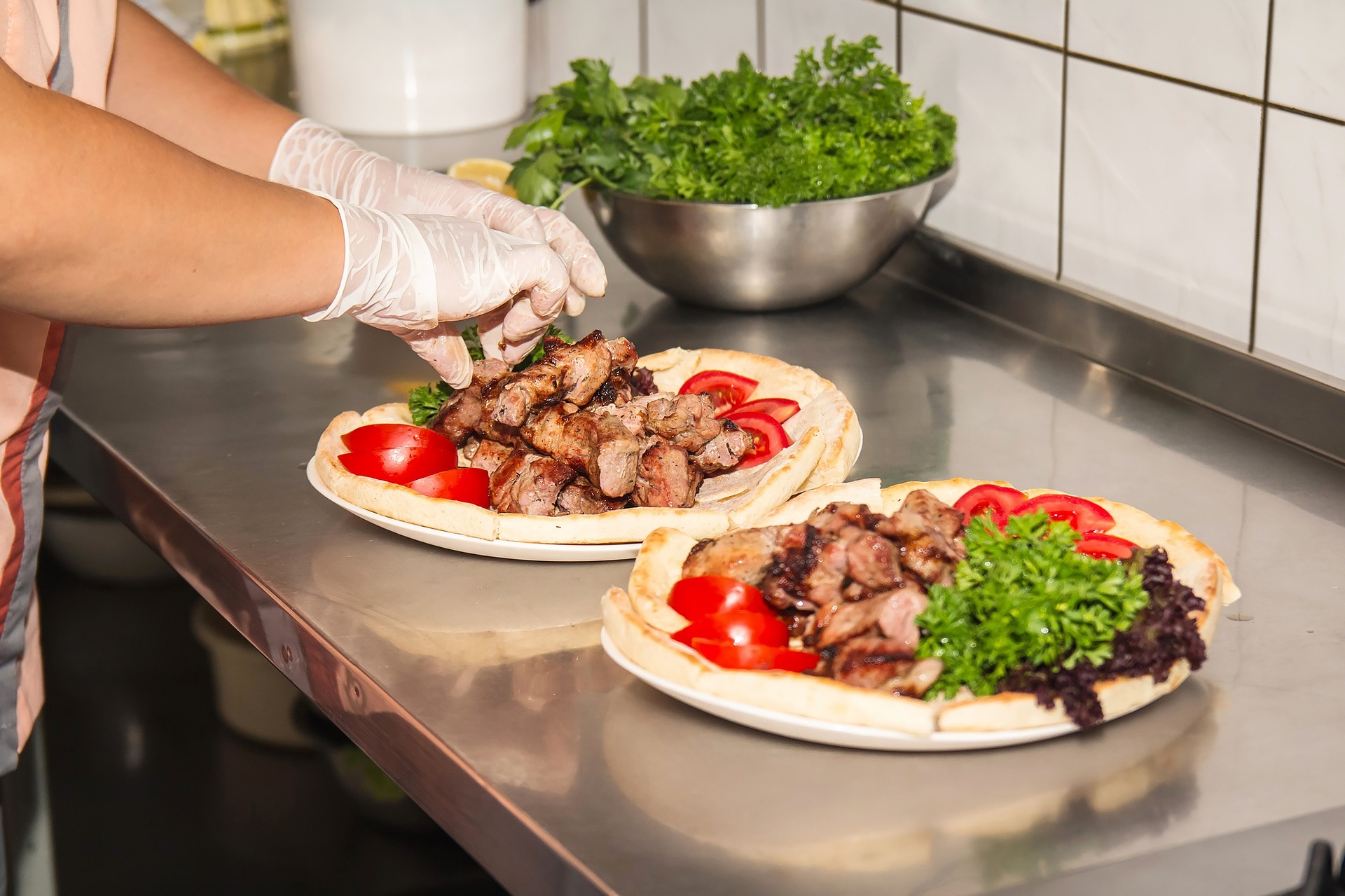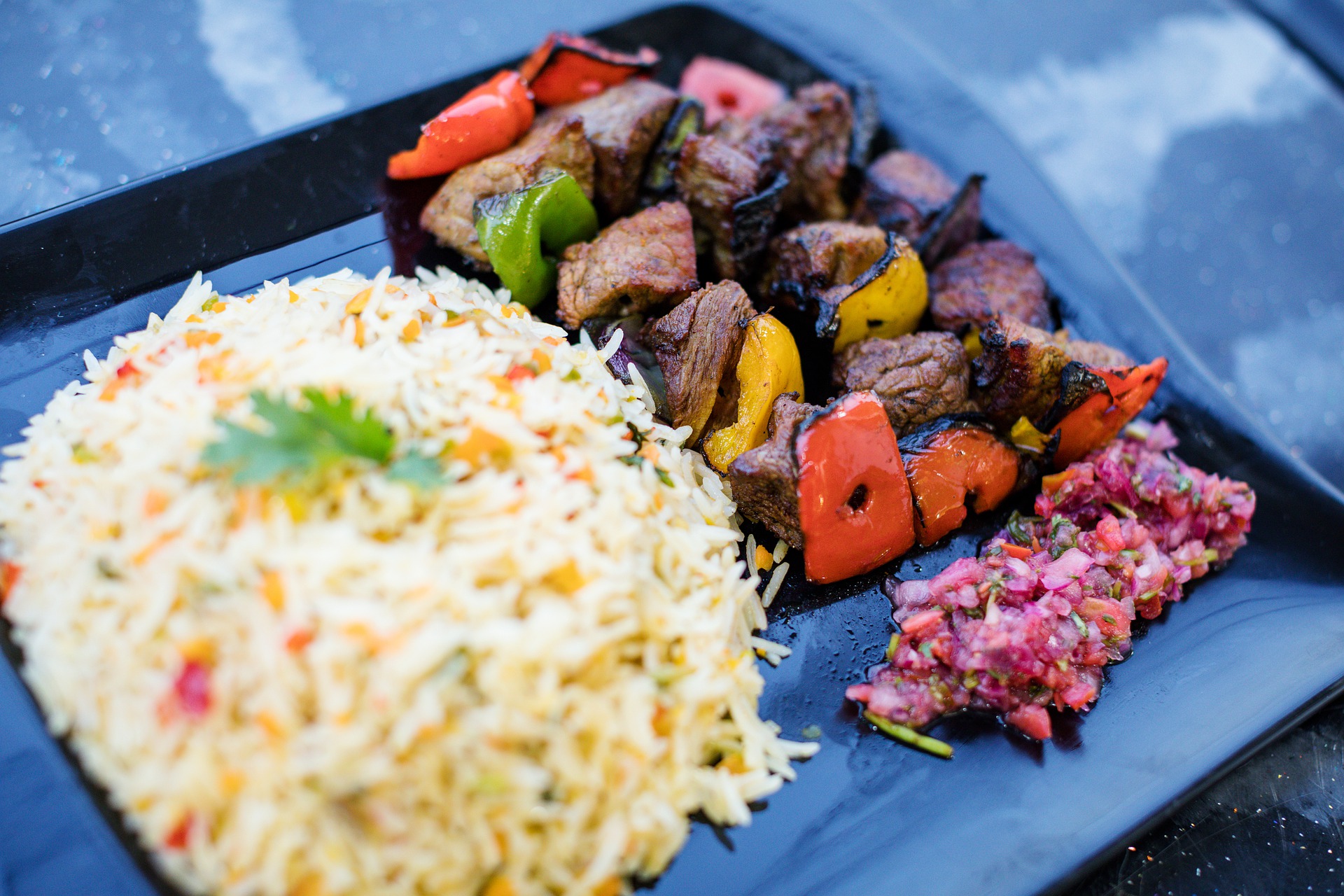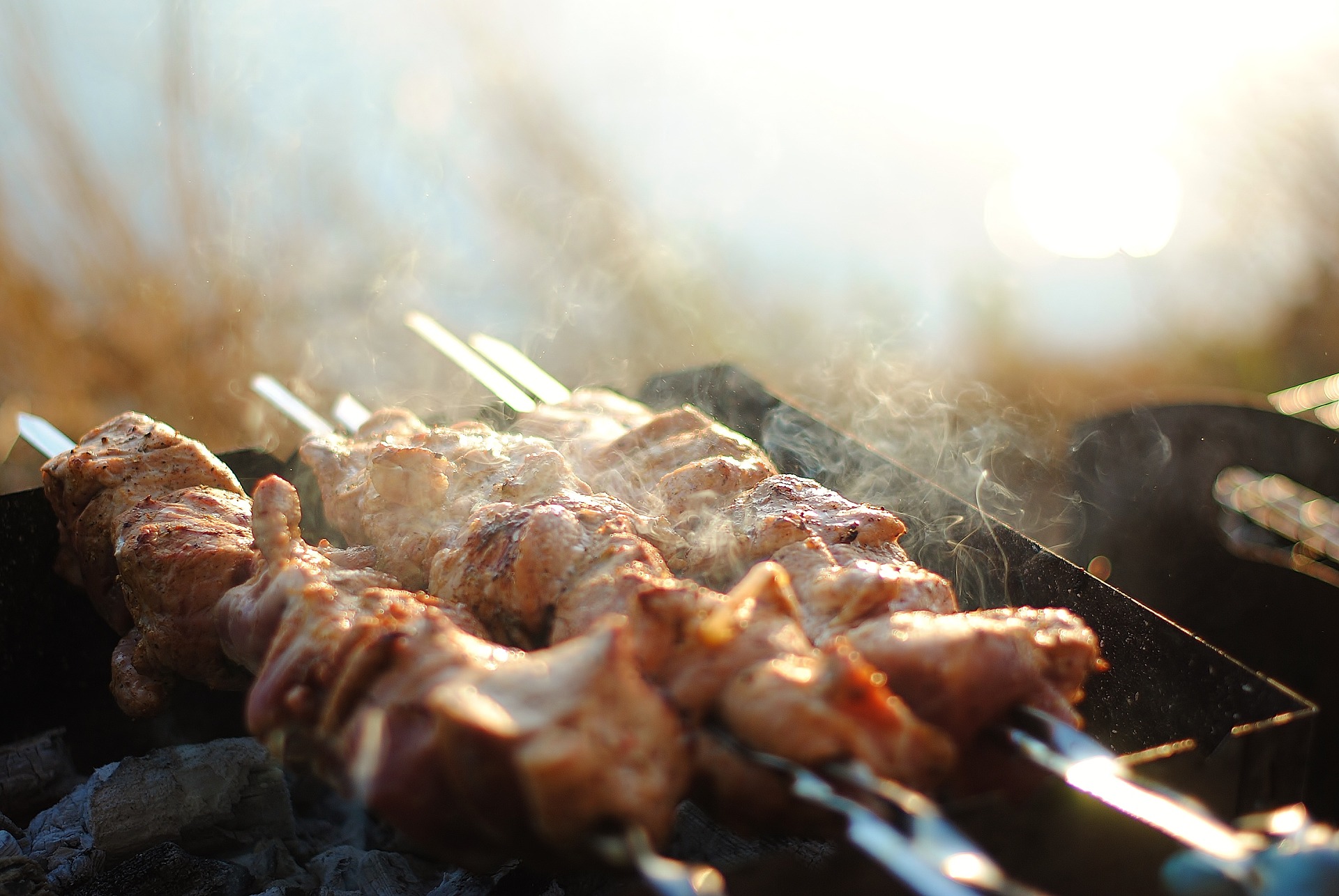Kebabs are popular street food, no matter what part of the world you hail from, from Turkey to India, to France to even Australia. As an Aussie and a Gen Z like, with two working
Kebabs are popular street food, no matter what part of the world you hail from, from Turkey to India, to France to even Australia. As an Aussie and a Gen Z like, with two working parents, odds are you had kebabs after school or for dinner at least once or twice a week growing up. And, as a fresh university graduate who pulled their fair share of all-nighters, I can guarantee you that a kebab gives you all the energy you need to finish that assignment that is due in two hours or to cure a hangover. Kebabs are a magical food that, for me, is a cure-all and can turn a bad day into a good one. I’m hungry thinking of kebabs right now, so let’s learn more about this typical Aussie fast food and where it comes from.
What is a kebab?

It is a middle eastern meat dish that is usually cooked over fire. Now, kebabs come in a variety of shapes and forms, from shish to doner kebab. A classic kebab is also known as shish kebab and is small pieces of meat that are cut into cubes, skewered, and cooked over an open flame or grill. The most common form of kebab now is the doner kebab and is the most beloved fast-food item of many people, including me. You can enjoy kebabs in all their beauty and glory in all its shape and form. My only advice is to try it at an authentic Turkish shop because nothing beats the taste of an excellent homemade kebab that has been passed down for centuries and generations.
History

It is believed that it originated in Turkey, and the word was first mentioned in a Turkish script, called Kyssa-i Yusui. Back in 1337, and is the oldest source where the term kebab was used to describe a food. Literally speaking, the term ‘kebab’ means to grill. It is believed that kebabs, as we know them now, started when Turkish soldiers would cook meat that they hunted over an open field of fire. It is thought that those soldiers would grill chunks of meats that they hunted over blaze and would skewer said meat with their swords. Over time and for convenience purposes, the giant blades were replaced with metal skewers that were more convenient and would allow larger batches of meat to cook simultaneously. However, its history can be traced back to a myriad of Asian and African countries, where a version of skewered meat cooked over fire can be found. In these Asian countries, it would be served with a side of rice and salad, but now it is mainly served on different varieties of bread for convenience purposes and because it is an on-the-go food.
How to eat kebabs?

Eating food is a big part of every culture, and eating traditions and manners differ from culture to culture, so you might think eating a kebab might be straightforward, but I’ll ask you to think about it again because it’s not. For example, slurping your noodles is seen as something that positive in Japanese culture while it is frowned upon in the west. Picking the skewer and eating the kebab directing from it is a widely accepted technique, and you have an a-okay to do this. However, more traditional people and orthodox women will break pieces of meat off the skewer and eat them. While for shish kebab, this depends; if it is presented as an appetizer which it generally is, then you can pick it directly from the skewer and eat from it. If the shish kebab is ordered or presented as a main, then table manners and etiquette demand that you eat it off the skewer and eat it with your fork and knife. Remember, eating according to a culture’s tradition is a sign of respect.
For all your kebabs craving, especially if you live in Fraiser side, Australia, you have to visit Viva Kebabs and Grill, the delivers authentic and fresh Turkish cuisine with recipes that have been passed down from generation. Visit them now or find them on Doordash and UberEats and try authentic kebabs ad other Turkish food. So, why wait? Make your tummy happy with a nice kebab.


One thought on “The Ridiculously Thorough Guide of Kebabs”